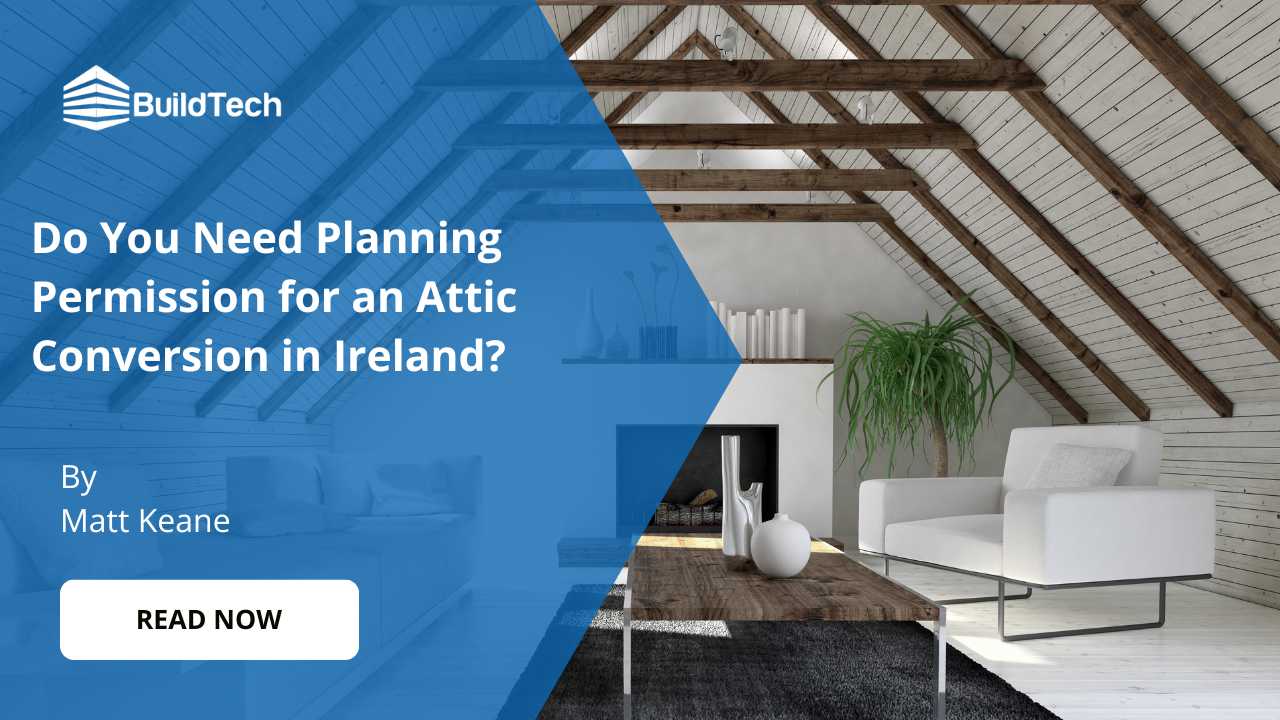Looking for the cost of building a house in Ireland? Building a house in Ireland today means understanding varying costs and multiple factors that can significantly influence your budget. From the choice of location and materials to the size and design of the house, each element plays a crucial role in determining the overall expense.
Effective planning and comprehensive budgeting are essential to manage these complexities and ensure that your project doesn't encounter financial overruns. With careful consideration and the right information, you can make informed decisions that align with your vision and budget.
In this blog, we will help to explore detailed costs of various types of houses and their pricing, key cost components, and the difference between self-build vs. contractors.
Let's start unpacking what it takes to build a home in Ireland and how to do it without unexpected surprises.
What Are the Different Types of Houses and Their Costs?
By understanding the costs associated with different types of houses, prospective builders can better plan their budgets and choose a home type that aligns with their financial and lifestyle goals.
Detached houses
Detached houses in Ireland offer privacy and space but come with a higher price tag due to their standalone nature. Costs can vary widely, typically ranging from €2,450 per square metre (€228 per square foot).
These costs reflect factors such as the location, size, and the materials used in construction. The larger the house and the more complex the design, the higher the expense can be.
Refurbishment houses
Semi-detached houses are a popular choice for those who seek a balance between cost and privacy.
These homes share a wall with another house, which can reduce construction costs. Prices for building semi-detached houses usually range from €3,000 per square metre rate and are reaching over €4,000 in some instances, making them a more affordable option than fully detached homes.
3 Bed semi-detached home
The cost of 3 bed semi-detached homes depends on various factors, but it mainly starts from €354,000 in the North West to €461,000 in the Greater Dublin Area.
The choice between a bungalow and this type of house often depends on personal preference and the specific needs of the homeowner.
What Are the Key Cost Components in Building a House?
Understanding these key cost components is essential for anyone planning to build a home in Ireland.
Land purchase
One of the first and most significant expenses in building a house in Ireland is acquiring the land. The cost of a plot can vary widely depending on its location—urban areas tend to be pricier than rural settings.
Besides purchasing the land, you should also factor in additional costs like stamp duty and legal fees, which can increase the total expenditure significantly.
Construction costs
The actual building of the house encompasses several key expenses. Foundation work, structural framing, and the materials used for walls and roofs dominate the construction costs. Each of these components can vary in price depending on the quality and availability of materials. Additionally, labour costs can fluctuate based on the region and the complexity of the construction.
Finishing costs
After the main structure is up, finishing costs in building a house come into play. These include interior elements like plumbing, electrical work, heating, and insulation, as well as aesthetic touches such as painting, tiling, and flooring.
High-quality finishes and fixtures can drive up costs, but they also add to the value and comfort of the home.
What is the Difference Between Self-Build vs. Hiring Contractors?
Deciding between a self-build or hiring professionals depends on your personal skills, experience, and the amount of time you can dedicate to overseeing the project.
Self-build pros and cons
Choosing to self-build your home in Ireland can be incredibly rewarding, giving you complete control over every aspect of the design and construction. This approach often attracts those with a strong vision for their home and possibly some experience in construction or project management.
However, self-building demands a significant time commitment and a high level of involvement. It can become uncontrollable due to the complexities of coordinating with suppliers and tradespeople, managing budgets, and adhering to regulatory requirements.
Hiring contractors pros and cons
On the other hand, hiring professional contractors can simplify the building process by placing the responsibility of managing the construction in experienced hands. This option reduces the day-to-day stress on you and helps ensure that the project meets all professional and legal standards.
Although it might increase the project's overall cost due to labour and management fees, it often leads to a more predictable outcome and higher quality work. Additionally, contractors can leverage relationships with suppliers to potentially lower material costs.
Conclusion
Building a house in Ireland involves a complex range of costs, influenced by factors such as location, house type, materials, and whether you choose to self-build or hire professionals. This blog has walked you through these considerations, emphasising the importance of careful planning and budget management to understand the financial landscape of home construction effectively.
Whether you decide to take on the project yourself or enlist the expertise of contractors, preparation is key to a successful build. If you're ready to start your home building journey and need expert guidance or services, don't hesitate to contact BuildTech. Our team of professionals is ready to help you bring your dream home to life.
For more detailed assistance and expert advise, reach out to BuildTech today.


















